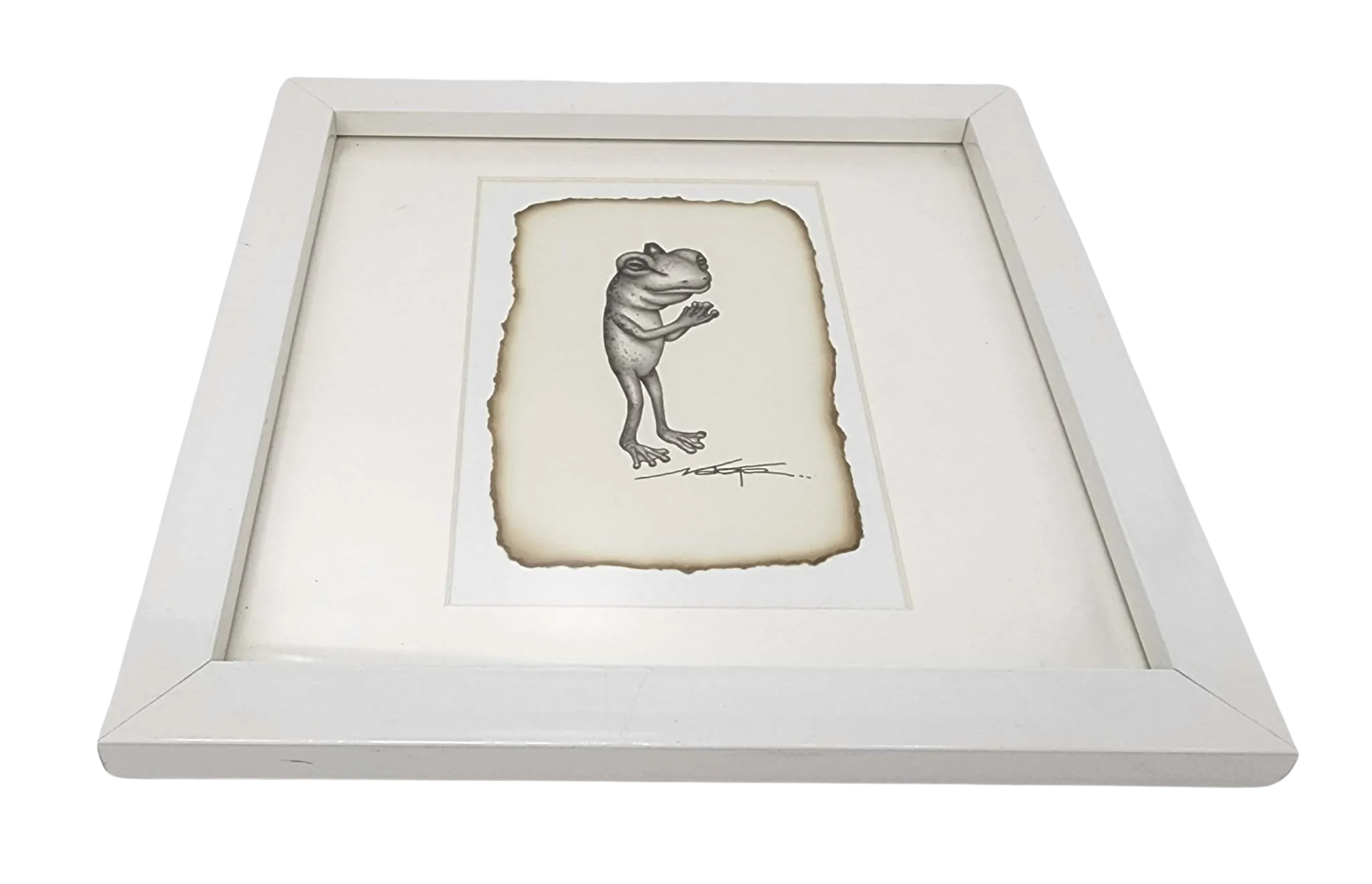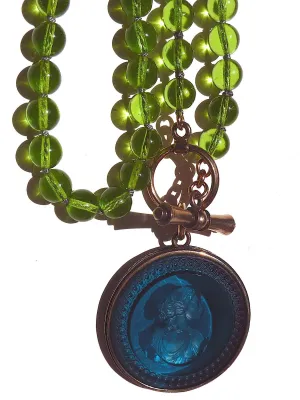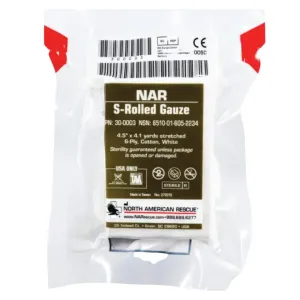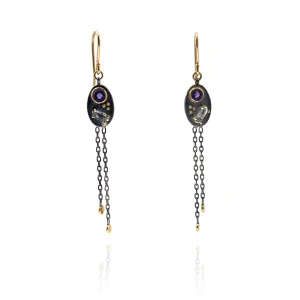Praying Frog Original Hand Drawn Art Drawing on Framed Hand Deckled Aged Art Paper by Surreal Artist Naoto Hattori.
2012 Signed Original One-of-a-Kind Pencil/Graphite Drawing Framed Artwork Frame Size 8.5x8.5 Image Size 3x5 Custom Framed & Matted By Artist.
Naoto Hattori's Praying Frog: A Fusion of Surrealism and Street Aesthetics
The 'Praying Frog' original hand-drawn art drawing is a compelling illustration of Naoto Hattori's capacity to intertwine the whimsical aspects of surrealism with the grounded, accessible elements characteristic of street pop art and graffiti artwork. This piece, brought to life in 2012, is a one-of-a-kind pencil/graphite drawing that has been carefully framed and matted by the artist, underscoring Hattori's personal involvement and artistic dedication to his work. Set in a square frame measuring 8.5x8.5 inches, the artwork occupies a 3x5 inch space on hand-deckled aged art paper, chosen for its textured quality and how it contributes to the overall aesthetic of the piece. The 'Praying Frog' stands out in its simplicity and the depth of its expression. The choice of subject, a frog caught in a moment of anthropomorphic posture, implies a narrative that goes beyond the visual, prompting reflection and inviting personal interpretation. This is a common thread in street pop art, where the imagery often serves as a portal to deeper contemplation, engaging the viewer in a dialogue that transcends the artwork itself. Hattori's decision to custom frame and mat the piece enhances its intimacy, suggesting that this small window into a surreal world is a complete universe in and of itself.
The Intimacy of Hattori's Art in the Public Domain of Street Art
The realm of street pop art and graffiti artwork is typically associated with large-scale works that command public spaces; however, Hattori's 'Praying Frog' challenges this notion by presenting a world contained within the modest dimensions of a small-scale drawing. The piece's intimacy reflects the ethos of street art, which is often about making personal statements in the public sphere. Hattori's work brings this sensibility into the private domain, allowing for a one-on-one interaction between the art and the viewer. The detailed graphite work, combined with the hand-deckled edges of the aged paper, creates a tactile experience that invites the viewer to lean in and engage with the subtle textures and shades that define the drawing. The artwork's presentation, with slight signs of handling and the artist's touch in its framing, resonates with the authenticity sought in street art. While serving to protect and showcase the drawing, the frame also bears witness to the passage of time, evidenced by the gentle marks and scuffs that tell of the artwork's journey from creation to curation. These marks of age and handling imbue the 'Praying Frog' with a history and presence often found in the patinated surfaces of urban street art.
Transcending Boundaries: The 'Praying Frog' in the Context of Street Pop Art
Naoto Hattori's 'Praying Frog' is a profound example of how the boundaries between different art forms can be transcended, creating a space where the surreal can coexist with the urban aesthetic of street pop art and graffiti artwork. Though confined to a small scale, the drawing is expansive in its emotional and imaginative reach. It captures the viewer's attention in much the same way that a mural might seize the gaze of passersby on a bustling street, proving that impact is not limited by size. The artwork's meticulous attention to detail and the thoughtful selection of aged paper demonstrate Hattori's reverence for materials with inherent stories within their fibers. This parallels how street art often incorporates the character of the urban landscape into its narrative, allowing the environment to become part of the artwork itself. Though removed from the city's walls, the' Praying Frog' carries the spirit of street art in its essence, bridging the gap between the gallery and the alleyway. 'Praying Frog' is a microcosm of Hattori's artistic philosophy, blending the dreamlike qualities of his surrealism with the grounded, emotive pull of street pop art. This piece not only represents a visual exploration of thematic depth but also serves as a physical artifact of Hattori's journey as an artist—a journey marked by the convergence of imagination and the tactile, textured world in which we live.















